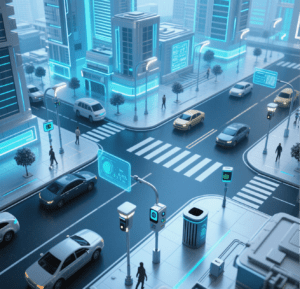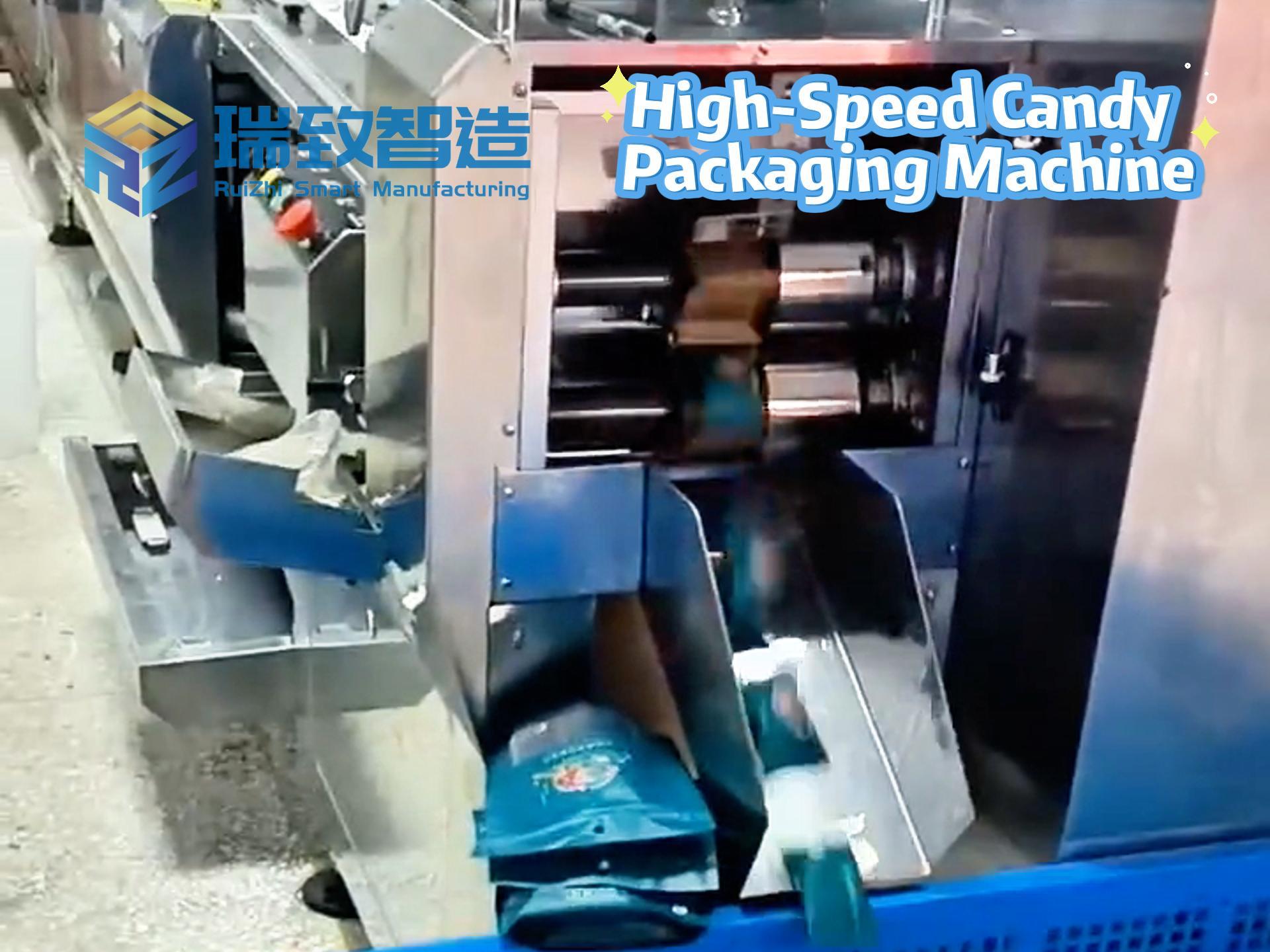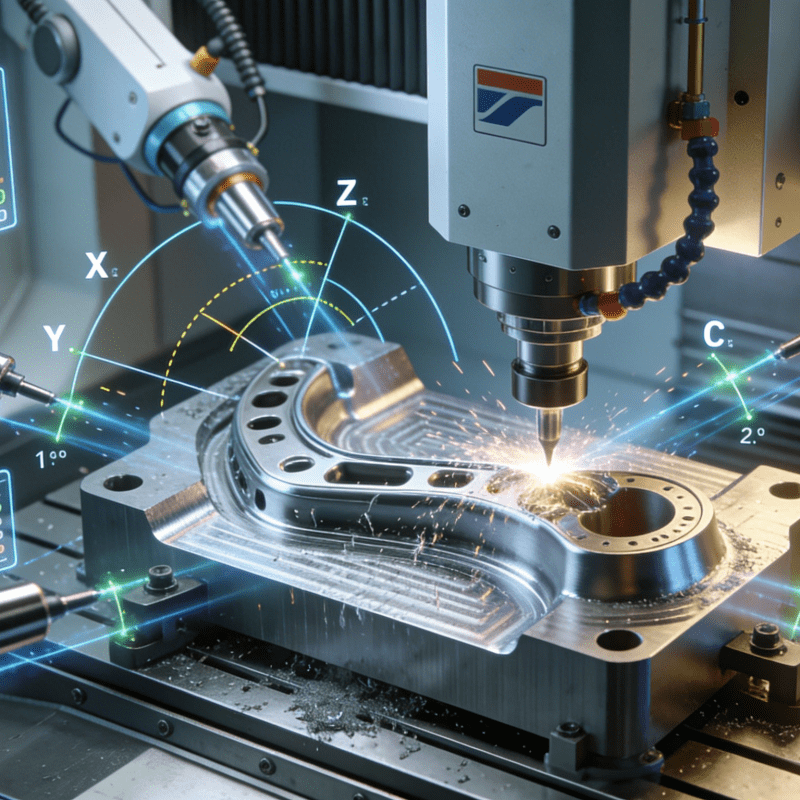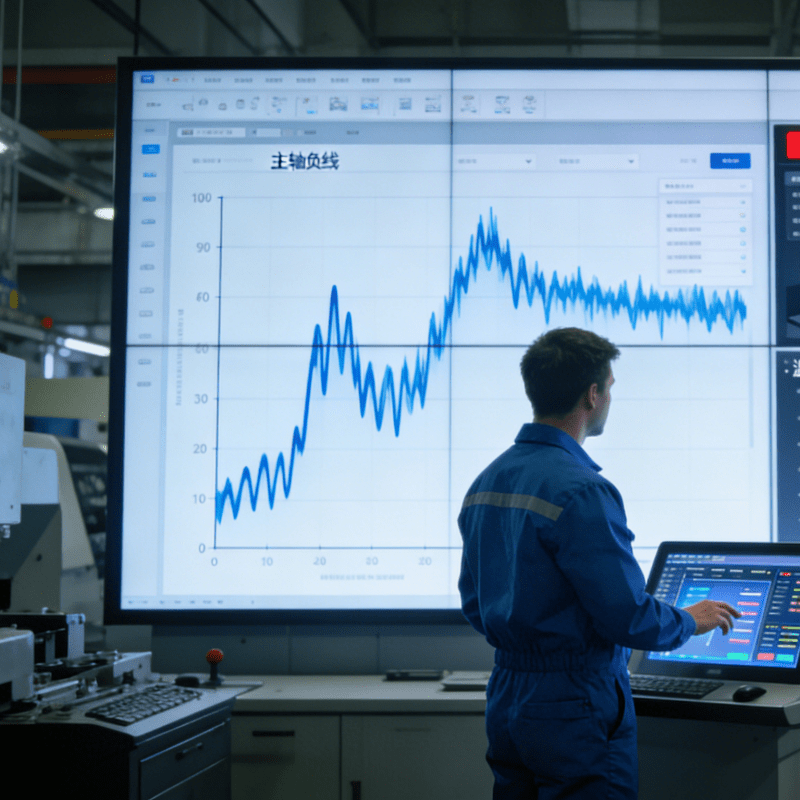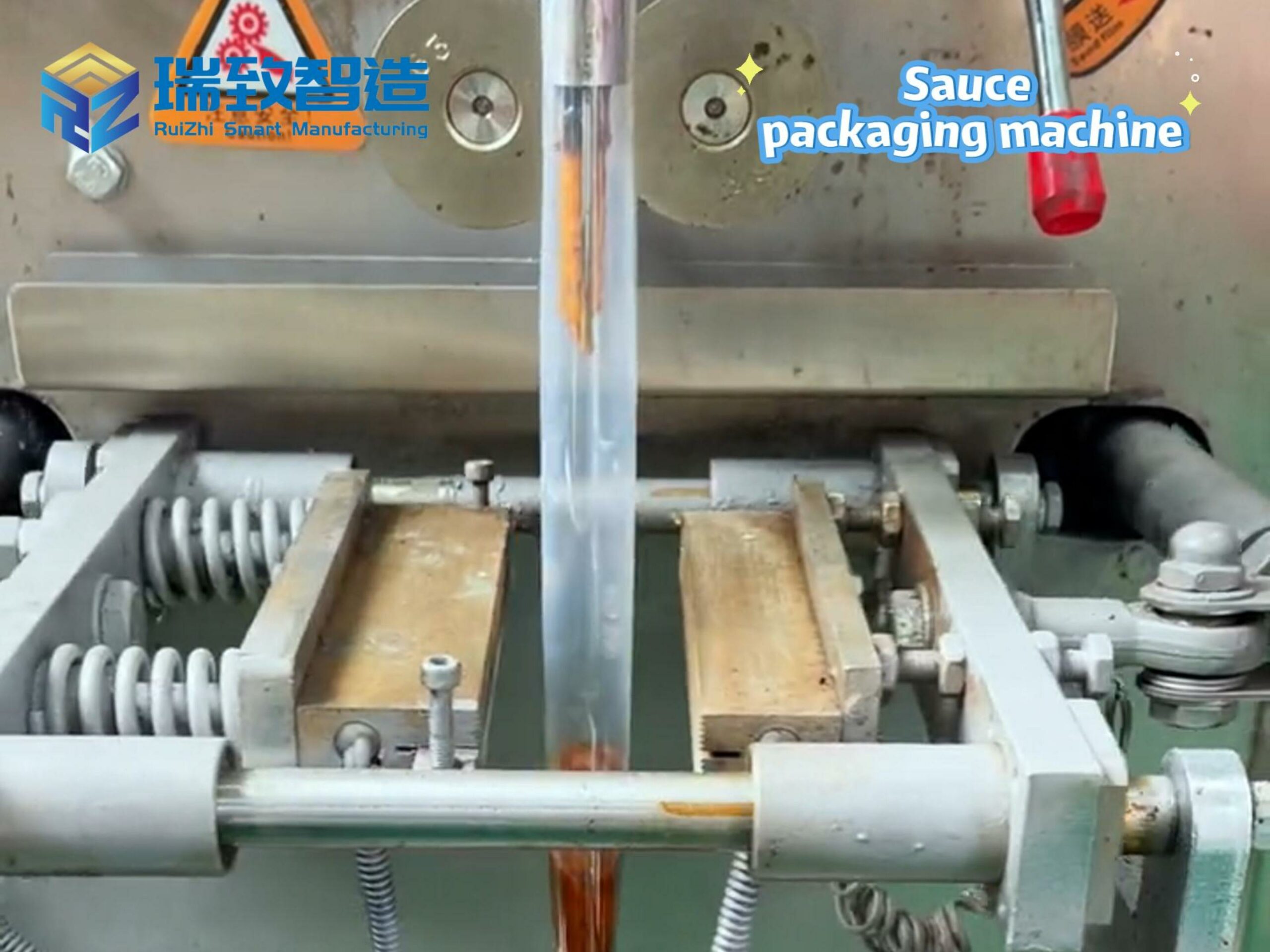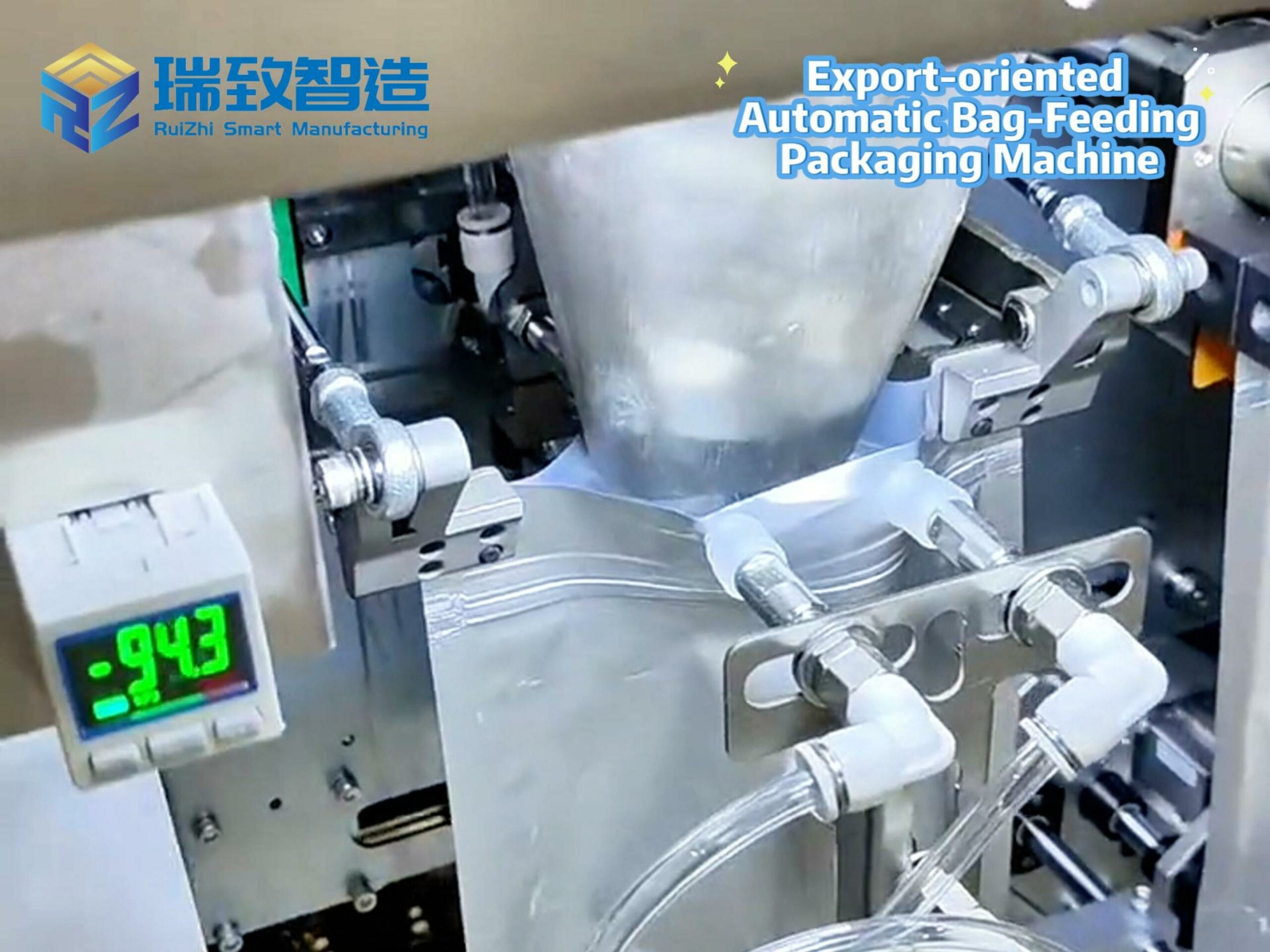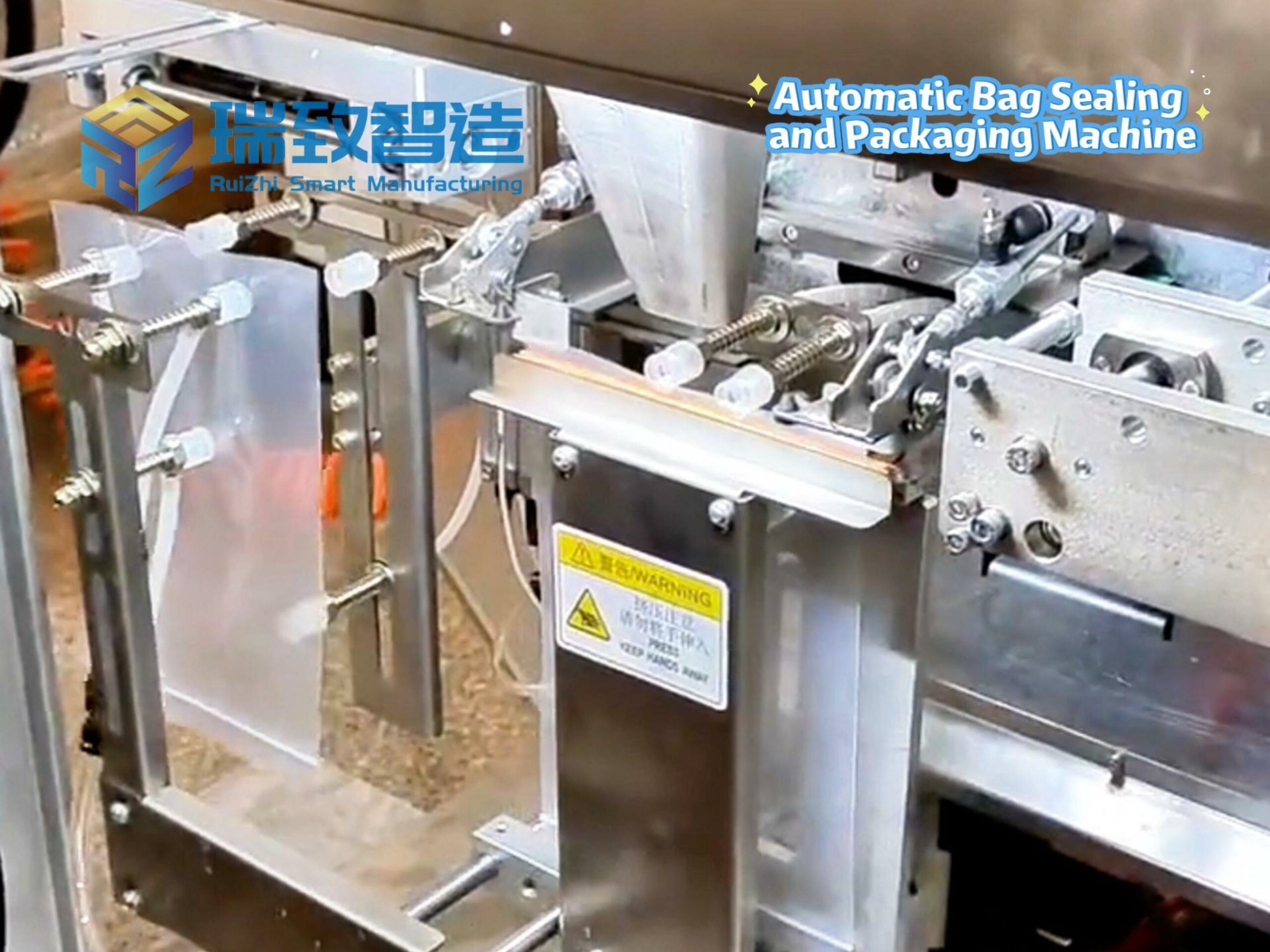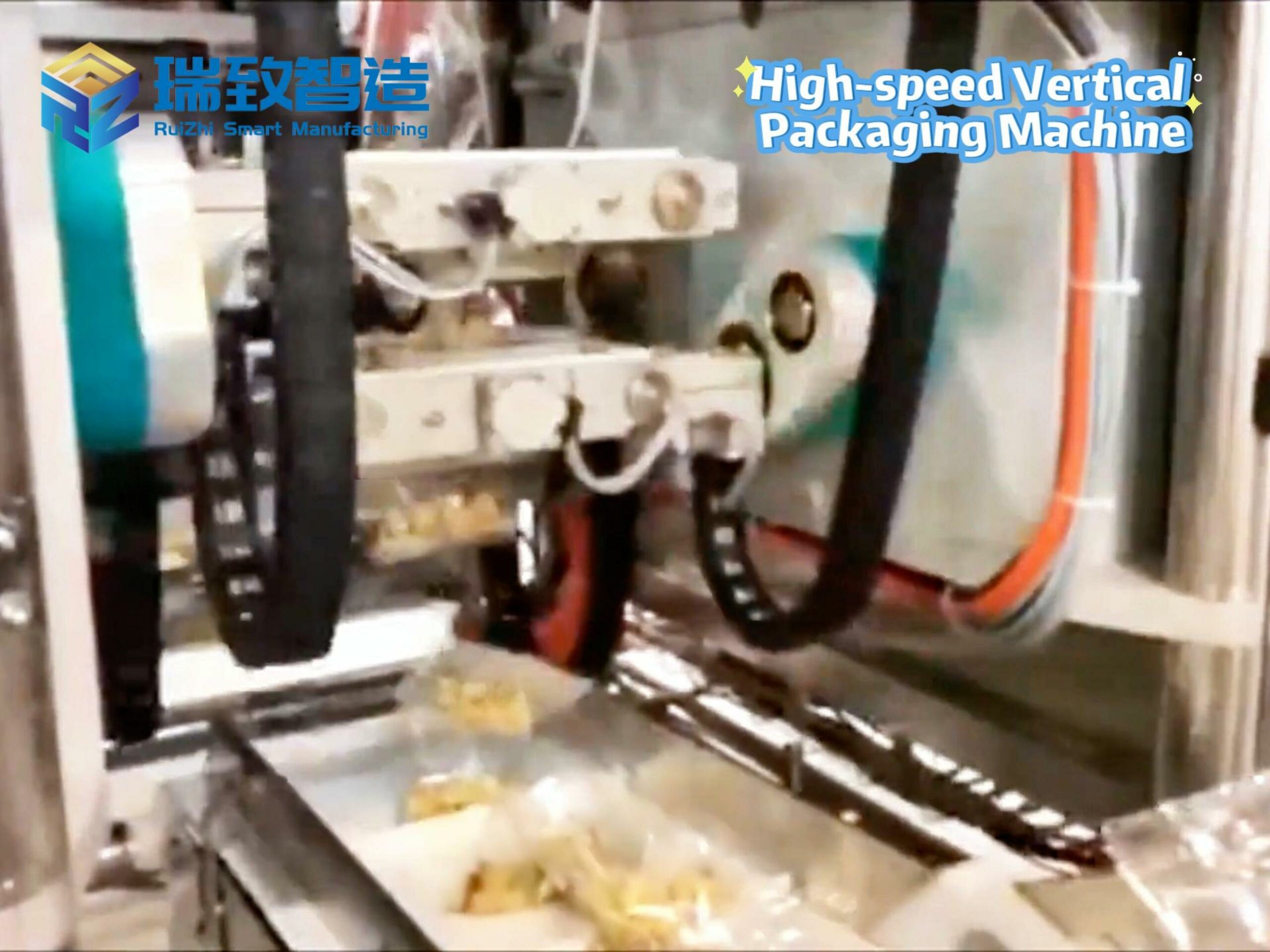In today’s highly interconnected world, IoT sensors play a crucial role in promoting innovation and improving efficiency. These small yet powerful devices collect and transmit real-time data, powering AI-driven insights, smart infrastructure, and predictive innovation.
As a pillar of cutting-edge technologies such as 5G, edge computing, and digital twins, IoT sensors seamlessly connect the physical and digital worlds. This article explores the significant impact of IoT sensors on autonomy, personalization, sustainability, and the future of interconnected ecosystems, emphasizing their importance in shaping a smarter, more efficient, and more responsive world.
Table of Contents
ToggleDigital Nervous System: From Passive Collectors to Smart Interfaces
IoT sensors have evolved from simple data collectors to intelligent, edge-computing-enabled interfaces that act like digital nerves, sensing, analyzing, and triggering actions in connected environments in real-time, from healthcare to smart cities. These sensors convert real-world stimuli (such as temperature, motion, pressure, or light) into digital data, but their role is no longer passive. Today’s sensors are equipped with microprocessors, AI algorithms, and communication modules, enabling them not only to act as data collectors but also as intelligent decision nodes. Just as nerves transmit signals to make the body respond, these sensors enable interconnected systems to provide instant feedback. Whether in traffic management, patient monitoring, or smart agriculture, their inputs trigger real-time responses and long-term optimization.
Edge-Level Cognition: Enhancing Efficiency and Resilience
Modern sensors are not solely reliant on cloud computing. Many now support edge processing, allowing for preliminary data analysis directly on the device. This localized processing, whether for anomaly detection in factory machines or noise filtering in environmental monitoring, reduces latency, lowers bandwidth consumption, and enhances system resilience. It enables decentralized, autonomous IoT architectures where systems can respond without human intervention.
Sensor Revolution: Technological Breakthroughs and Innovations
Advanced Materials and MEMS Innovations
Breakthroughs in hardware design are leading the sensor revolution. Micro-Electro-Mechanical Systems (MEMS) technology miniaturizes sensors to microscopic sizes while maintaining sensitivity and accuracy. Nanotechnology takes it a step further, enabling sensors to detect environmental and biological changes at the atomic scale. Bio-inspired sensors mimic nature’s designs. Electronic skin can detect pressure and texture like human touch, while artificial olfactory sensors can detect gases and chemicals with unprecedented precision. These advancements are powering applications in healthcare, robotics, and environmental sensing.
Built-in Intelligence and Self-Healing Design
Modern smart sensors integrate AI directly into the hardware, enabling on-board analysis, pattern recognition, and decision-making. For example, a temperature sensor in a factory can autonomously adjust the HVAC system based on predicted thresholds without sending data to the cloud. Additionally, some sensors now include self-healing capabilities, such as automatically detecting and correcting internal faults. These advancements improve reliability, allow devices to operate continuously, and reduce downtime and maintenance costs. Modular design further enhances scalability by allowing specific functions, such as power management or communication protocols, to be upgraded independently.
Sensor Ecosystem in Action: Driving Development in Various Fields
From farms to factories, from cities to clinics, sensors enable real-time perception of the environment, motion, biometrics, vision, and sound, driving intelligent systems to optimize efficiency, safety, and well-being in various fields.
Environmental Intelligence
Sensors are reshaping the management of buildings and natural environments. Temperature and humidity sensors play a crucial role in agriculture, industrial manufacturing, and climate control systems. Air quality sensors track particulate matter, carbon dioxide, and volatile organic compounds, contributing to public health and environmental sustainability. In urban areas, these sensors can dynamically control ventilation systems, optimize energy consumption, and issue real-time alerts when pollutant concentrations rise suddenly, enhancing smarter and healthier urban living.
Motion and Biometric Awareness
Accelerometers, gyroscopes, and magnetometers are widely used in various applications, from fitness trackers to drones. They enable machines to understand direction, motion, and force, enabling collision detection, gesture recognition, and automation in both consumer and industrial products. In healthcare, biometric sensors enable real-time tracking of vital signs. Heart rate monitors, blood glucose sensors, and electroencephalogram sensors are making continuous, non-invasive patient monitoring a reality, enabling proactive care and reducing the burden on clinical infrastructure.
Visual and Acoustic Perception
Optical sensors enable machines to perceive their surroundings. Machines must collect and interpret visual information, ranging from light sensors that adjust smartphone brightness to cameras used for covert automated monitoring or facial recognition. The applications of optical sensors are immeasurable. The use of infrared and thermal sensors adds another dimension by detecting heat signatures, while measuring distance enables safety and automation functions. Audio sensors enable machines to “hear”. Machines must interpret surrounding sounds. Smart assistants can listen and respond to users. Environmental monitoring and industrial acoustic detection systems rely on advanced sound recognition systems to provide relevant responses and safe engagement.
Industry Transformation through Perception: Driving the Digital Economy
IoT sensors are changing various industries, driving the development of smarter cities, personalized healthcare, precision agriculture, and autonomous manufacturing. By providing real-time data, they promote efficiency, sustainability, and resilience in today’s interconnected digital economy.
Smart Cities: Data-Driven Governance
In smart cities, IoT sensors form a distributed neural network that informs urban planners, utilities, and public services. Traffic flow sensors reduce congestion through real-time rerouting. Garbage management sensors indicate when trash bins are full. Noise and pollution monitors ensure compliance and public well-being. Streetlights equipped with motion sensors save energy by adjusting brightness based on pedestrian activity. Collectively, these applications make cities safer, more efficient, and more environmentally friendly.
Healthcare: Continuous, Connected Care
In modern healthcare, sensors enable continuous care outside of hospitals. Wearable devices monitor heart rate, oxygen levels, and sleep patterns. For chronic disease management, blood glucose meters provide real-time readings, while smart inhalers track asthma medication usage. These tools support remote diagnosis, early intervention, and personalized treatment. Elderly patients particularly benefit from fall detection systems and smart home integration. Sensors expand the scope of care, improve outcomes, and reduce costs.
Precision Agriculture: Reimagining Farming
Agriculture has been transformed by sensors that track soil composition, moisture levels, and temperature. Drones equipped with optical sensors can survey crop health, while weather sensors can predict microclimate changes. This precision ensures targeted watering, fertilizing, and pesticide application, saving resources and increasing yields. This sensor-based approach promotes resilient and sustainable food systems in a world facing climate fluctuations and growing demand.
Industry 4.0: Towards Autonomous Manufacturing
In factories, IoT sensors monitor machine health, performance, and safety in real-time. Vibration and thermal sensors detect anomalies before mechanical failures occur, enabling predictive maintenance. Environmental sensors monitor air quality and temperature to protect workers and the materials they use. Radio-frequency identification (RFID) optical sensors track assets in the supply chain. By transforming factories into smart environments, sensors accelerate automation, reduce downtime, and enhance quality control.
Data-to-Decision Pipeline: Synergy Enhances Intelligence and Efficiency
Sensors power the data-to-decision pipeline, where edge computing ensures real-time responses and cloud systems enable in-depth analysis. This synergy drives immediate action and predictive insights across various industries, enhancing intelligence and efficiency.
Combining Edge and Cloud Capabilities
Sensor data is valuable only after intelligent processing. Edge computing enables local information filtering, facilitates immediate responses, and reduces the amount of local data transmitted to the cloud. Cloud capabilities provide long-term data storage and exploration, enabling advanced analysis and revealing patterns among multiple devices. Streaming processing technologies, such as Apache Kafka or AWS IoT Core, enable organizations to seamlessly introduce sensor data into processing systems and route it where needed. Once sensors are connected, AI machine learning models continue to train and become more accurate over time.
Real-Time Response and Predictive Insights
Sensors provide two forms of intelligence: instant intelligence, which is crucial in safety-critical environments such as industrial automation or vehicle control where automakers must make life-or-death decisions in an instant; and predictive intelligence derived from historical sensor data. With predictive intelligence, organizations can receive warnings before equipment failures, product defects, or hazardous environments occur. Predictive capabilities can be applied in various fields, such as fire-fighting drones and inventory optimization, and can reduce risks, costs, and inefficiencies.
Engineering Reality: Durability and Sustainability
Engineered durable sensors require a balance of precision, integration, and durability. Advanced designs ensure stable performance, low power consumption, and robust reliability, enabling sensors to operate long-term in wearables, drones, and extreme industrial or environmental conditions.
Precision, Stability, and Integration
High-precision sensors require precise engineering to provide reliable readings under various conditions. Signal integrity is ensured through the use of advanced printed circuit board layouts, shielding, and noise filtering. Sensors are calibrated using machine learning algorithms to counteract interference and environmental drift. Design tools simulate real-world behavior, including thermal stress, vibration, and electromagnetic interference (EMI), to ensure long-term performance and regulatory compliance.
Miniaturization and Energy Efficiency
In wearables, drones, and remote sensors, space and power are very valuable. System-on-Chip (SoC) integration enables multiple functions in a compact form factor. Duty cycling and low-power wireless protocols, such as Zigbee and LoRaWAN, extend battery life. Energy harvesting from solar, motion, or thermal energy enables off-grid sensor deployment. This is crucial in applications such as agriculture, wildlife monitoring, and post-disaster response.
Durability in Harsh Conditions
Sensors must withstand high temperatures, low temperatures, water, dust, and radiation in mission-critical environments. Ruggedized designs use industrial-grade enclosures, shock absorbers, and corrosion-resistant materials. Coatings protect electronic circuits from humidity and chemicals. Redundant systems and watchdog circuits ensure fail-safe operation in aerospace, defense, and deep-sea deployments. These designs ensure sensors remain operational for years, even in the most demanding applications.
Addressing Challenges: Building a Sustainable Ecosystem
Large-scale sensor deployments bring many challenges, such as managing massive amounts of data, ensuring cybersecurity, protecting privacy, and reducing electronic waste. Success requires intelligent analysis, secure design, interoperable standards, and sustainable engineering to build resilient and ethical ecosystems.
Managing Data Deluge
Sensor networks generate massive amounts of data, but not all data has actionable value. This creates “data fatigue” and storage inefficiencies. Intelligent filtering, event-driven architectures, and real-time analysis help extract value from data noise. Standardized protocols, such as MQTT, OPC UA, and CoAP, and enhanced cross-platform interoperability are crucial for large-scale integration.
Security and Privacy Risks
Every connected sensor increases the digital attack surface. Cyberattacks on industrial or medical sensors can have catastrophic consequences. Encryption, authentication, and secure firmware updates are mandatory. When sensors track location, health, or behavior, privacy issues are crucial. GDPR and other regulations require transparent data processing and user consent mechanisms. Ethical design must consider not only legal compliance but also its social impact.
Sustainability Imperative
Many sensors are designed for short-term deployment, leading to a growing electronic waste problem. Environmentally friendly design includes modular components, recyclable materials, and extended service life. Efficient processing and decentralized analysis reduce energy consumption. Promoting circular economy practices, such as refurbishment and recycling, makes sensor deployments more sustainable.
The Future of IoT Sensors: Innovation and Sustainability
Groundbreaking innovations are shaping the future of sensing. Quantum sensors, with their unprecedented precision in detecting magnetic and gravitational fields, will revolutionize fields such as medical diagnostics and earth science. Biodegradable sensors that dissolve harmlessly after use offer a sustainable alternative, while DNA-based sensors enable molecular-level detection in health and environmental monitoring. These technologies will expand the application scope of sensors into previously unreachable new areas, promoting ethical, scalable, and environmentally friendly deployments. At the same time, advancements in AI are driving sensors towards higher autonomy. Federated learning allows distributed intelligence while protecting privacy, and digital twins use real-time sensor data to virtually model and optimize physical systems. As networks become smarter and self-organizing, they will support prediction, adaptation, and resilient autonomous environments in various industries.
Conclusion
IoT sensors have evolved into intelligent and responsive systems. They are no longer just passive observers but are driving the next stage of digital transformation. From smart cities and autonomous manufacturing to precision agriculture and continuous healthcare, sensors have become the invisible pillars of our interconnected lives. By evolving from the traditional role of data collectors to intelligent, AI-driven, edge-aware systems, IoT sensors provide faster decision-making, real-time adaptive responses, and predictive insights for decision-makers at all levels across various industries.
As sensing technology continues to evolve with new AI capabilities, miniaturization, and sustainability, we can expect the emergence of ethically responsible self-optimizing systems in the near future. The coming years may see significant evolution and expansion of sensors, including those utilizing quantum technology, biodegradable materials, and DNA. This sensor revolution will elevate our physical world, making it smarter, safer, and more efficient.

